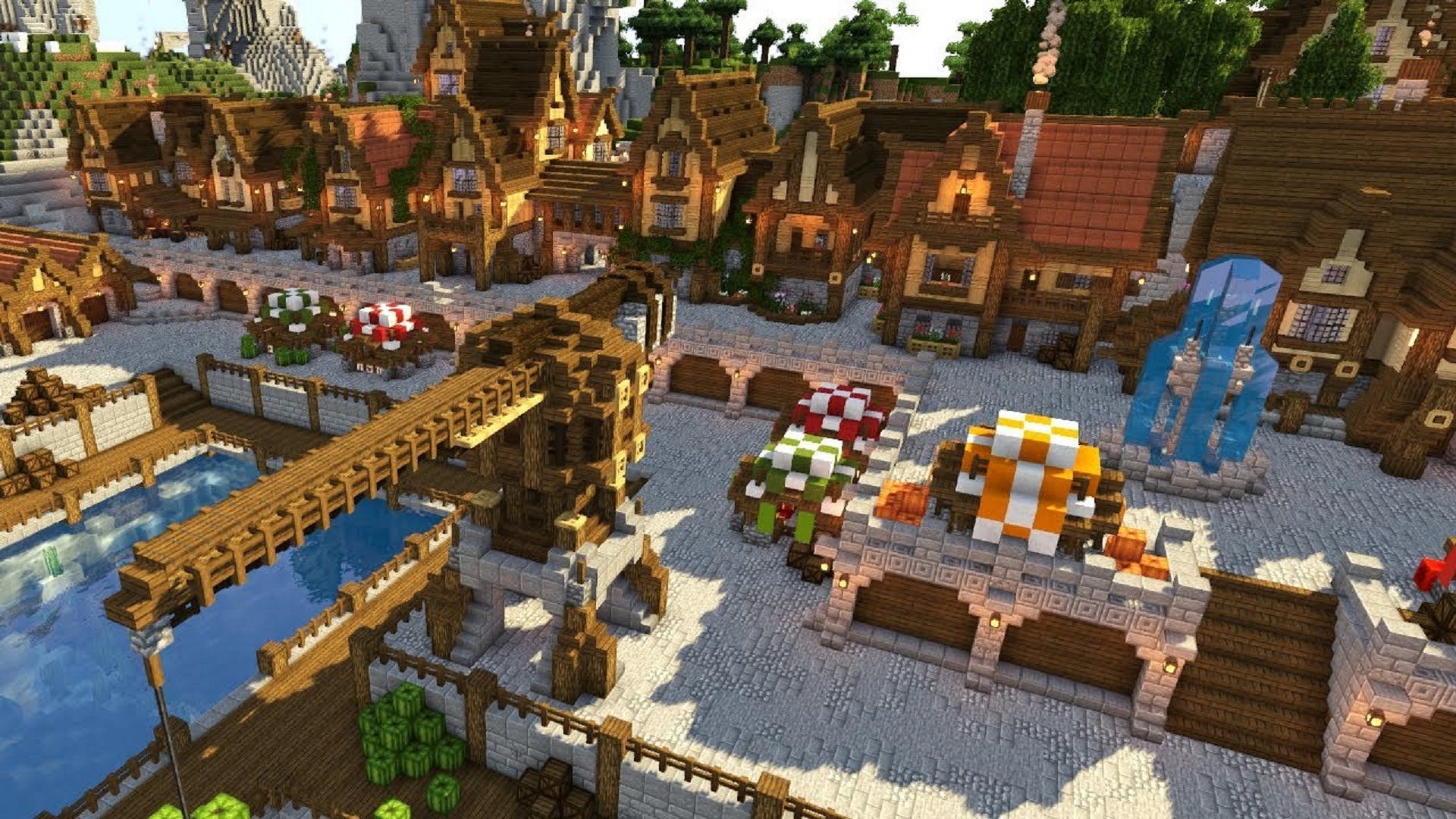

But I also admire the workmanship that went into creating these buildings that have.
Ideal for any 28mm fantasy or medieval layout or diorama I cant help but wonder about such things when wandering medieval streets. A Gothic building dating back to the 14 th century (with origins extending back to the fall of the Western Roman Empire), the palace was once the seat of the Venetian government. Complements our Medieval Town fantasy range There are several buildings in Venice that make the city seem as if it’s filled with magic, and one of them is the Doge’s Palace in St. Accurately laser cut from 2mm MDF (pre-painted) that provides a sturdy structure. Fantasy Manor House by War World Gaming. It is a set that can combine 20 kinds of buildings to create a medieval village. The Medieval Town Manor House is apart of the Medieval Town range by War World Gaming, which takes you back to the medieval streets of the middle ages, with a range of beautifully constructed fantasy buildings situated within a mythical town, a place for your knights and villagers to call home or to defend during a siege. This material can be used in Studio Mode. #Medieval town buildings free#
Free Half-Timbered Houses Middle Ages illustration and picture half-timbered houses. Produced in our award-winning design studio from 2mm MDF, this pre-painted building is sturdy and comes complete with intricate exterior detail that can transform your battle-board or diorama. Criterion (v): With its Frankish and Ottoman buildings the old town of Rhodes is an important ensemble of traditional human settlement, characterized by successive and complex phenomena of acculturation. Free Ancient Village Old House photo and picture ancient village. Just as medieval manor estates were self-sustaining so were medieval towns, all the facilities required for a medieval person to live a happy life were provided within a medieval town.This Medieval Town Manor House makes the perfect addition to your 28mm fantasy or medieval terrain or diorama.

Larger medieval towns would have a town hall, sometimes also called a Guildhall to provide an administrative base for the town, this is where all the rules and regulations were made and the concerns of medieval people could be considered and acted upon.ĭiscover the Best Medieval Towns in Franceĭiscover the Best Medieval Towns in Germanyĭiscover the Best Medieval Towns in Italyĭiscover the Best Medieval Towns in Spain
Bakers baked the bread and sold it to the people Featured, Best selling, Alphabetically, A-Z, Alphabetically, Z-A, Price, low to high, Price, high to low, Date, old to new. Mill *required to grind the wheat to make bread This modular kit is what you have been looking for to construct all the Medieval Town buildings you would ever need. Merchant Houses *wealthy medieval people who sold raw materials to make goods and produce. The earliest group of timber houses constructed at the end of the. Guild Hall *controlled the standards of goods made by craftworkers Eight to twelve people in a very small space would not at all be unusual, and generally domestic residences doubled as shops or factories. It is now apparent from excavation that few other buildings were built in the same way. Inn *place for drinking ale and socializing. Church * medieval people were very religious and often prayed. Cloth Merchants Shop *sells cloth to make clothes Deep ditches and strong walls were built around the towns to protect the towns people from attack and as a sign of wealth. Market Areas *Famers bring their cattle and produce to sell. Potters Shop *potters made pots and pans. Peasants’ houses called cottages made of daub and wattle (mud and sticks). Lookout tower *Soldiers on watch out for enemy attackers. Town Hall *Administrative building of a Town. 
You could commonly find the following buildings located within the walls of a Medieval Town Market traders who did not permanently sell their goods in the town usually set up stalls in the center of the town. Craftsmen and merchant shops and houses were usually built around the inside of the walls and there was usually a church or other official building such as the town hall which could be located in the middle of the town square.







 0 kommentar(er)
0 kommentar(er)
